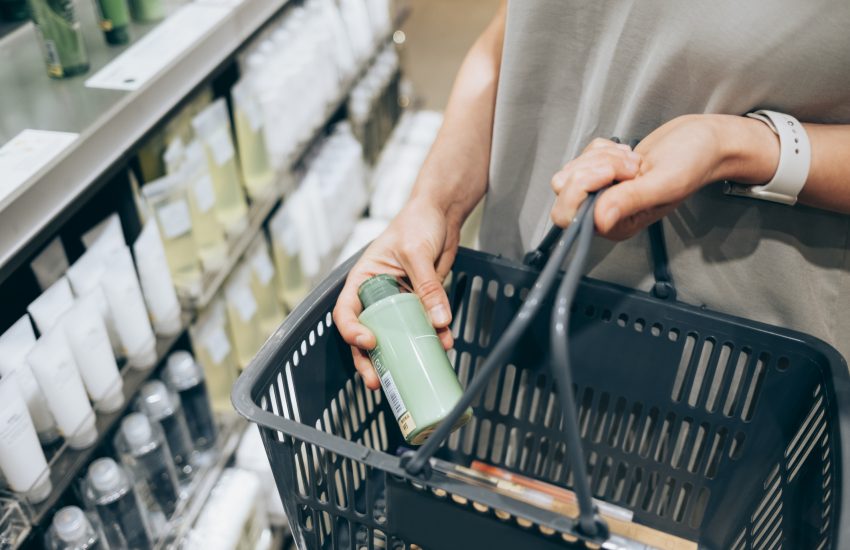“Clean beauty” has taken over the cosmetics industry in the past several years, and while there is no official definition of the term, it is generally understood to refer to cosmetic products free from chemicals such as phthalates, sulfates, synthetic fragrances, and parabens, which is the term used for a group of preservatives used in beauty products.
Following the trend, in recent years, beauty and cosmetics retail giants such as Sephora and Ulta Beauty have designated “clean” products with certain labeling if they omit ingredients known or suspected to cause harm to humans or the environment, and numerous beauty and cosmetics brands have been developed entirely on the “clean beauty” concept. While consumers are generally becoming more knowledgeable about what’s put in, and on, their bodies, they may not be aware of the potential ramifications of removing certain chemicals from products.
According to the FDA, parabens are used in cosmetics to prevent the growth of mold and harmful bacteria, and “[t]he parabens most commonly used in cosmetics are methylparaben, propylparaben, butylparaben, and ethylparaben.” While parabens have been used in cosmetics since the 1920s, in 2004, a pioneering, but also widely criticized, UK study found high concentrations of parabens in human breast tumors, prompting subsequent studies that have suggested parabens may increase the risk of cancer.
The FDA, however, maintains there is not enough information to show parabens, as used in cosmetics, have an effect on human health, and “Paraben Toxicology,” published in 2019, found that no study of parabens has concluded they contribute to cancer, and in fact removing parabens from consumer products “could result in their substitution with alternative, less proven, and potentially unsafe alternatives…” Notwithstanding the science, public perception and the “clean beauty” movement prompted cosmetics companies to create products without parabens, labeled “paraben-free.”
While the very important consequence of removing parabens from cosmetic products has been reported for years— that is, water-based formulas can develop mold, yeast, and bacteria — TikTok users have drawn viral attention to it this month. Users have recently posted videos finding mold in a cult-favorite concealer, with reports of visual findings of mold, smells of rotten cheese, and skin rashes believed to be caused by mold, prompting conversation on multiple media outlets regarding the clean beauty movement and, importantly, a potential misunderstanding of the role that certain ingredients play in beauty product formulation.
In response to the recent outrage, cosmetic scientists have cited to their long-standing opinions that paraben-free beauty products must have shorter shelf-lives, as they are prone to the development of mold. Furthermore, the lack of scientific literature confirming the health hazards, and potential “junk science,” have led to an irrational fear of chemicals, such as parabens, in personal care products, and sometimes the replacement of parabens with ingredients are suspected to be even more hazardous.
At the end of the day, there is no scientific literature confirming that parabens are carcinogenic, and the finding of mold in paraben-free cosmetics is not new — in the past several years, “clean beauty” companies have voluntarily recalled products from body cream to eyebrow gel due to the presence of mold, yeast, and bacteria. However, this sparks a larger conversation as to why we are eliminating certain ingredients from consumer products in the name of “clean beauty” and what their alternatives will be.

